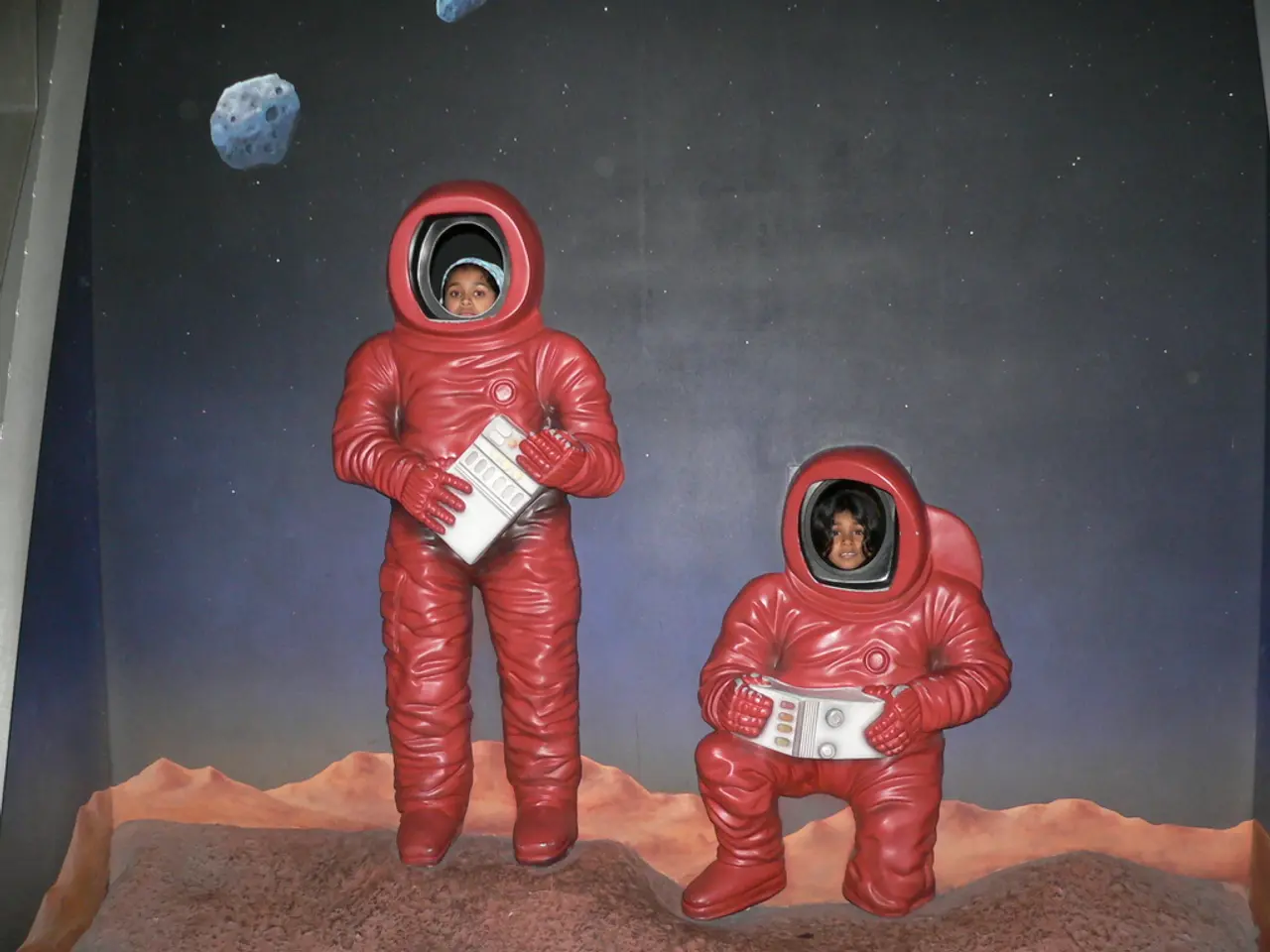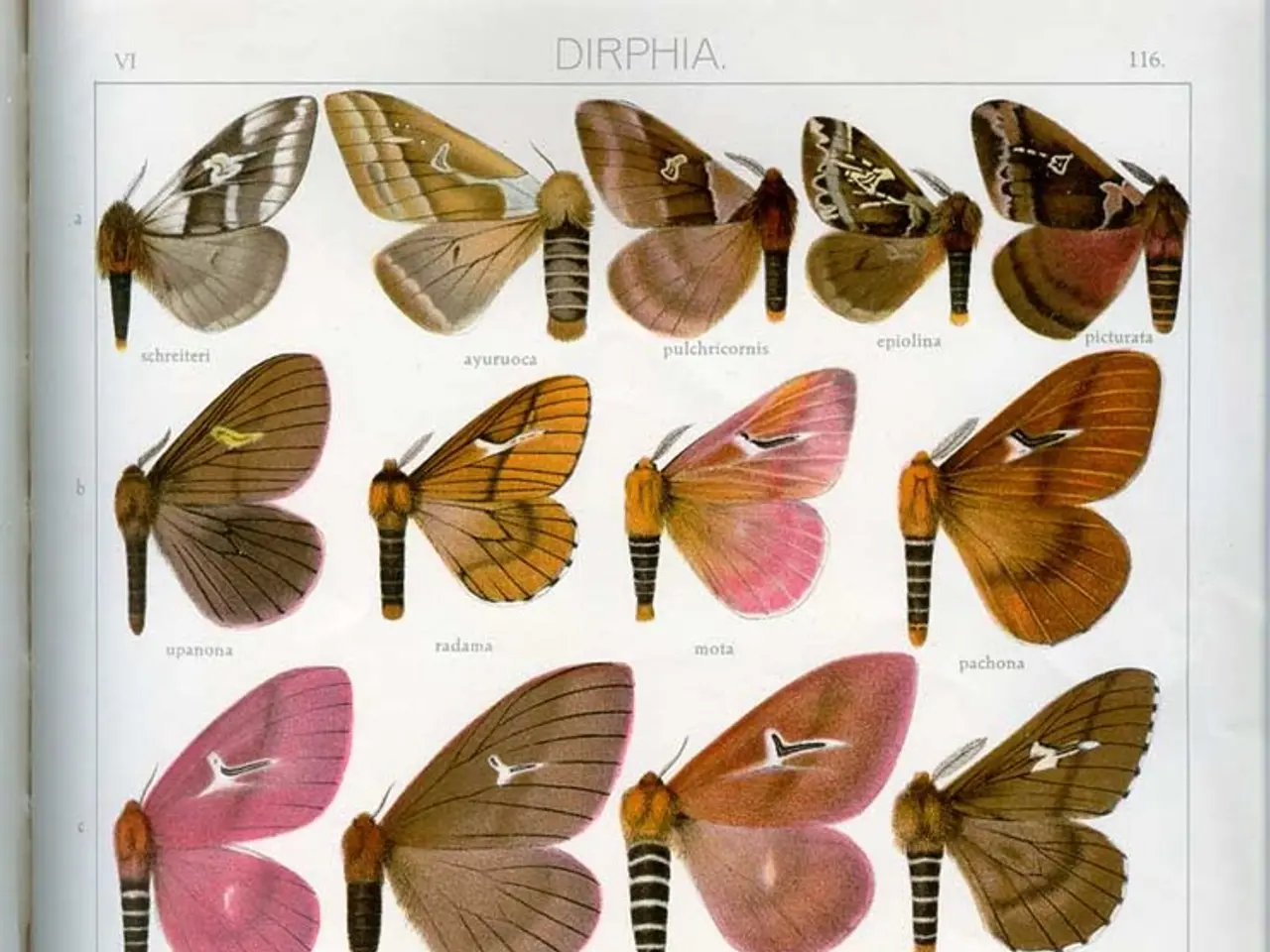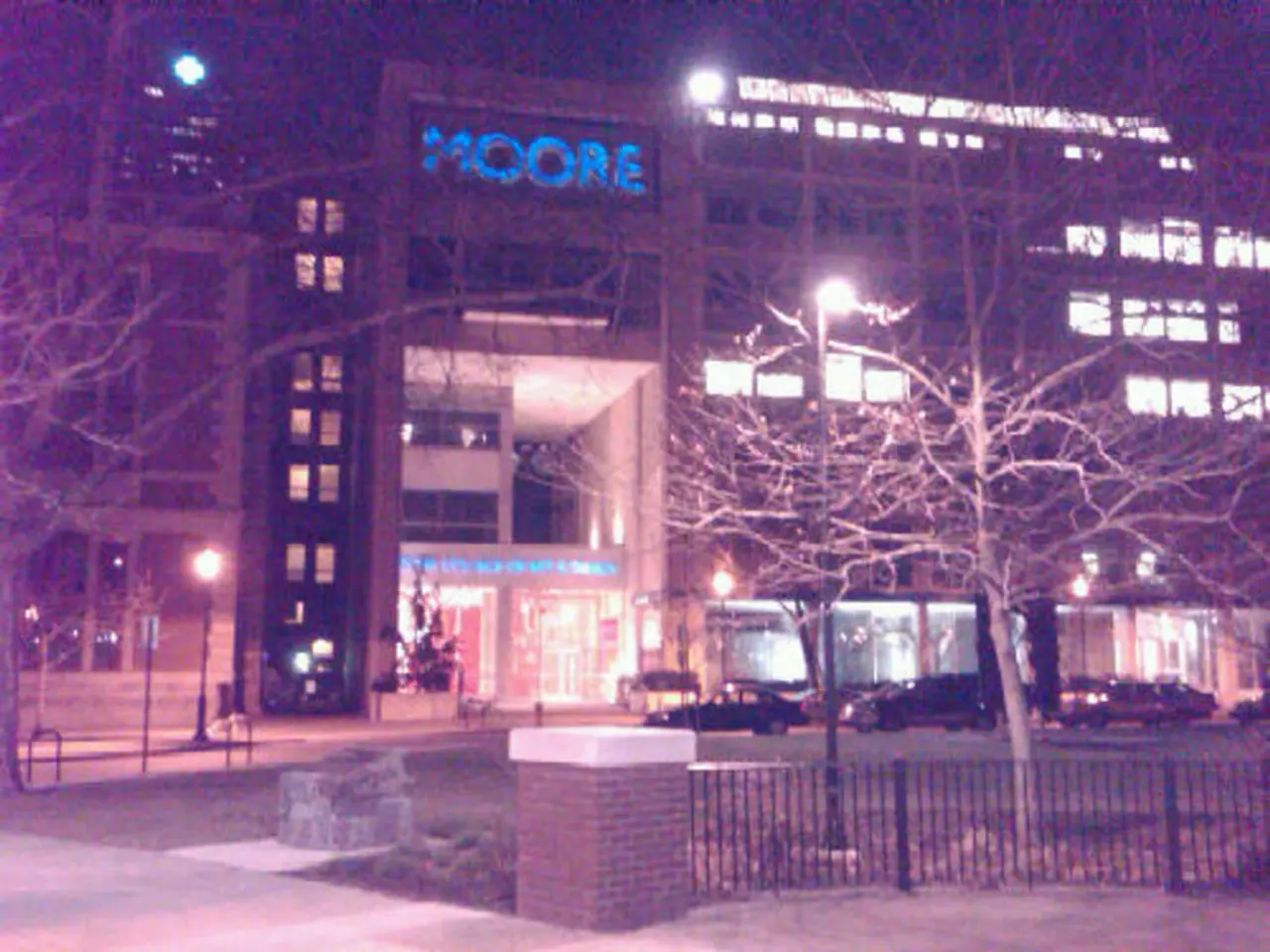Space voyagers encounter visual issues post-journeys, with NASA examining the causes
A growing concern for long-duration space missions, such as those planned for Mars, is the potential for vision damage caused by Space-Associated Neuro-Ocular Syndrome (SANS). According to NASA's Dr. Steven Platts, humans on three-year missions to Mars could likely experience legal blindness without a solution to SANS.
NASA has identified SANS as a significant issue, with 70% of long-duration space fliers exhibiting evidence of the syndrome [1][3]. To address this, the space agency is employing a multi-faceted approach aimed at mitigating headward fluid shifts in microgravity, improving diagnostic monitoring, and testing nutritional and environmental strategies.
Managing Fluid Shifts
One key approach involves managing fluid shifts using devices like thigh cuffs to trap blood in the lower body and reduce cranial pressure increases thought to contribute to SANS [1][3]. NASA is also developing Lower Body Negative Pressure (LBNP) suits to shift fluid in response to SANS.
Diagnostic Tools and Monitoring
Advanced diagnostic tools, such as high-resolution retinal imaging, optic nerve sheath diameter monitoring, and head-mounted virtual reality devices for real-time, noninvasive vision assessments during missions, are being developed to ensure consistent data and enable faster countermeasure development [1][4][5].
Nutritional and Environmental Strategies
Nutritional supplementation, notably B vitamins, and environmental control, particularly lowering cabin CO₂ levels, are also being considered to reduce risk factors associated with SANS [1][5]. Preliminary evidence suggests that artificial gravity may be able to mitigate some of the effects on the optic nerve and retina in mice, and vitamin B12 supplements have shown a 40% decline in symptoms in at least one study [2][4].
Ongoing Research and Future Implications
Despite these efforts, the mechanisms of SANS are complex, involving multiple physiological changes in zero gravity including fluid redistribution and tissue biomechanics. The dream of Mars travel is still contingent on addressing the health issues of astronauts, particularly their vision.
In a 2025 study, mice exposed to 6 months of simulated spaceflight displayed irreversible optic nerve atrophy [2]. Similarly, 30% of astronauts had signs of retinal damage caused by long-term exposure to microgravity, similar to patients with glaucoma [3]. Medical imaging of NASA astronaut Kayla Barron's eyes demonstrated that both her eyeballs were flattened, and her optic nerves were swollen [6].
The Artemis program for lunar bases in 2030 is at risk due to SANS endangering long-term mission viability. The 2025 timeline for SANS solutions underscores the importance of this issue. A 2025 study published in JAMA Ophthalmology found that 65% of astronauts had ongoing vision problems even after returning from six+ months in space [7].
New technologies such as artificial gravity and gene therapy may help make interplanetary travel possible. However, further research continues, as the complexities of SANS in humans and the effectiveness of countermeasures are still being explored.
[1] NASA's Countermeasures for Space-Associated Neuro-Ocular Syndrome (SANS) [2] A 2025 study found that mice exposed to 6 months of simulated spaceflight had irreversible optic nerve atrophy (Nature Communications) [3] NASA has revealed that 70% of long-duration space fliers exhibit evidence of Space-Associated Neuro Ocular Syndrome (SANS) [4] Preliminary evidence suggests that artificial gravity may be able to mitigate some of the effects on the optic nerve and retina in mice [5] NASA is addressing long-term vision damage in astronauts caused by Space-Associated Neuro-Ocular Syndrome (SANS) through multiple countermeasures [6] Medical imaging of Kayla Barron's eyes demonstrated that both her eyeballs were flattened, and her optic nerves were swollen [7] A 2025 study published in JAMA Ophthalmology found that 65% of astronauts had ongoing vision problems even after returning from six+ months in space.
In an effort to alleviate the risks of Space-Associated Neuro-Ocular Syndrome (SANS), NASA is researching medical-conditions associated with long-duration space flights, particularly neurological-disorders like SANS, as they could impact the health-and-wellness of astronauts during missions to Mars or other distant destinations. The agency is implementing a multi-faceted approach, including managing fluid shifts, employing advanced diagnostic tools for real-time vision assessments, considering nutritional supplementation, and investigating the potential benefits of artificial gravity and gene therapy for mitigating the effects of SANS on the optic nerve and retina.




